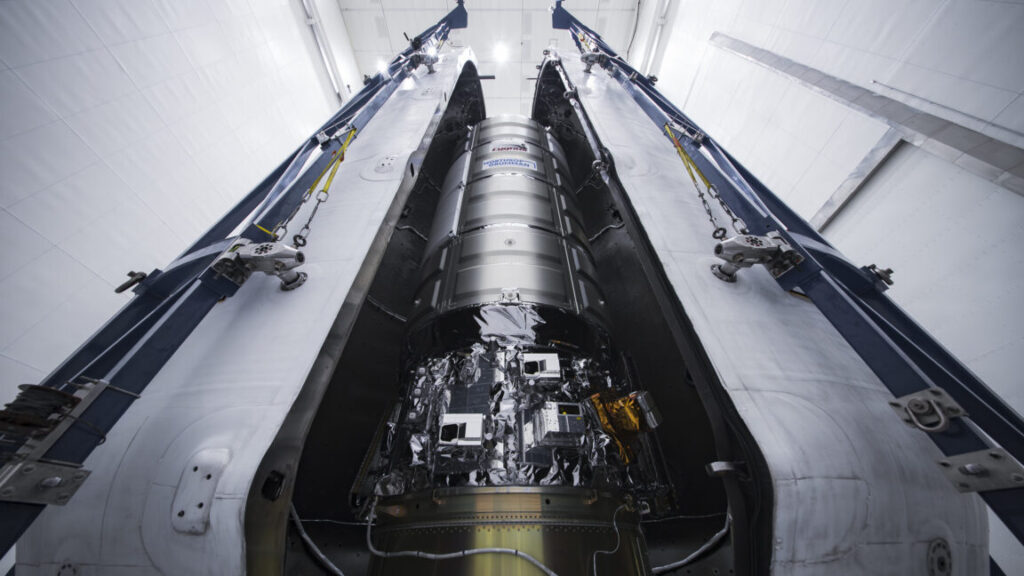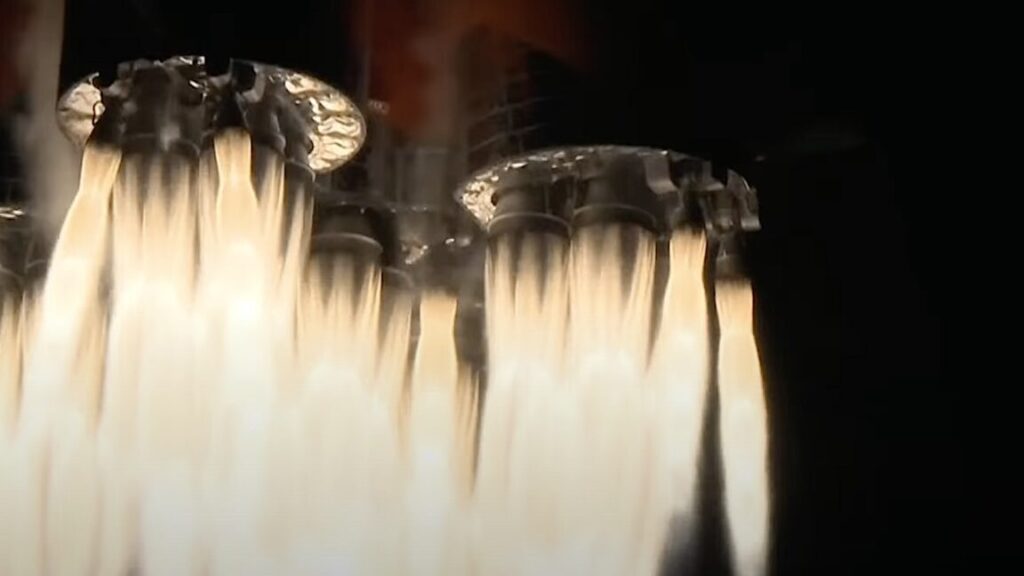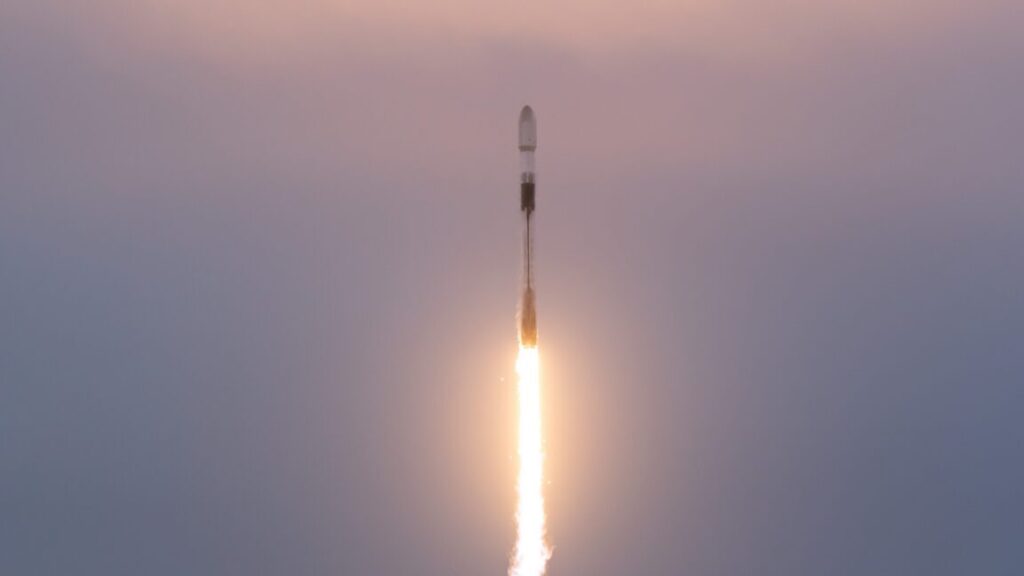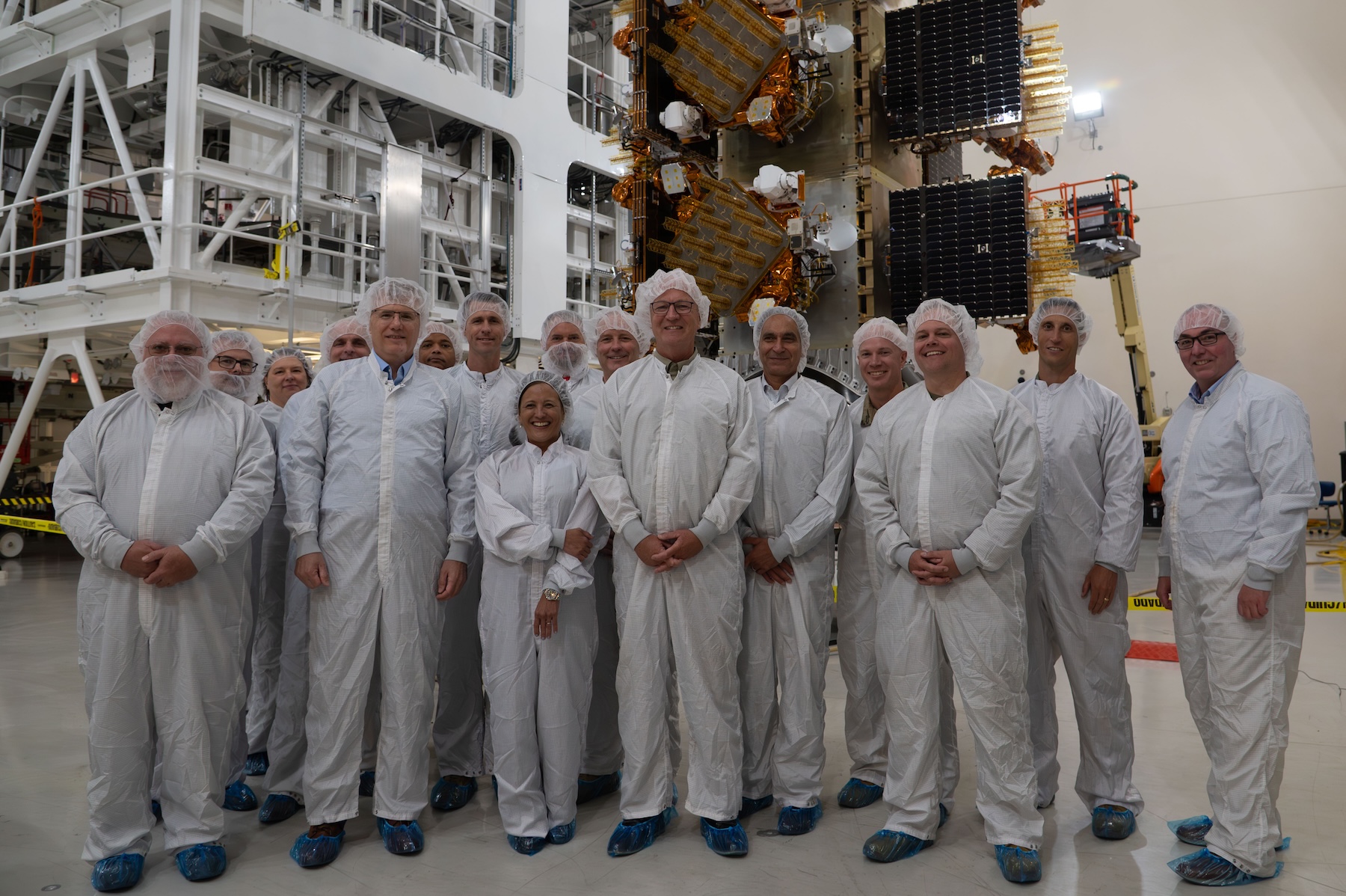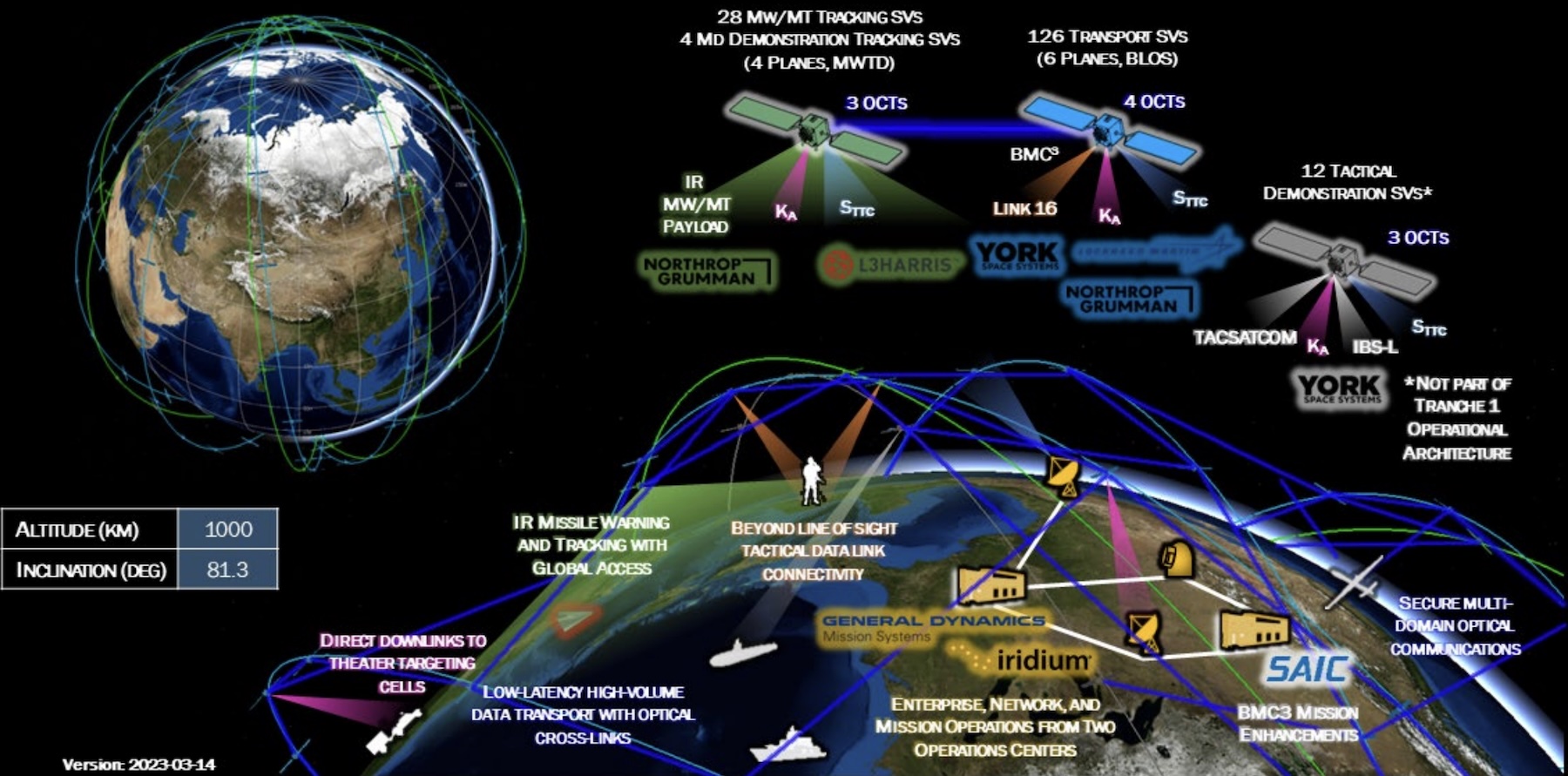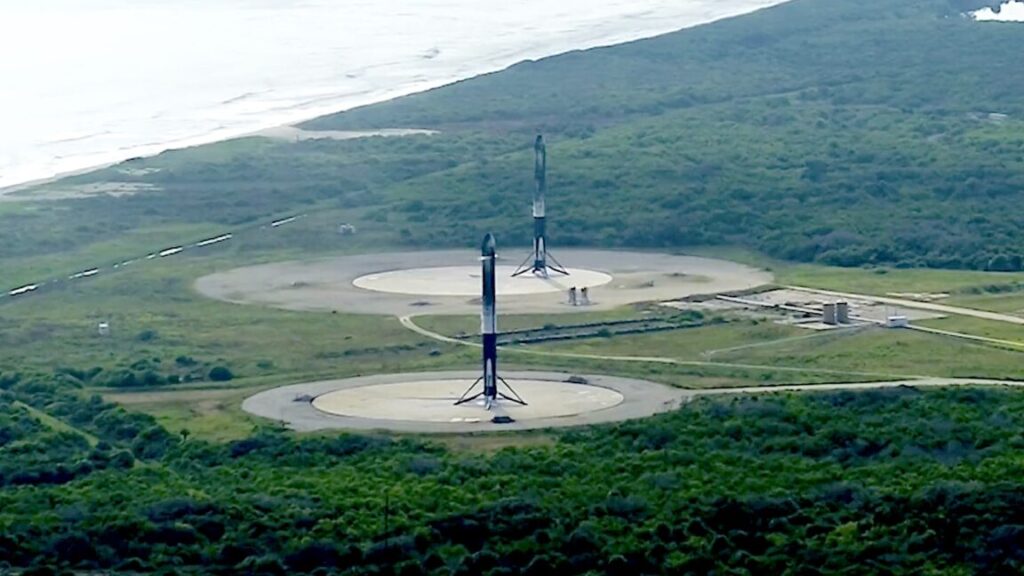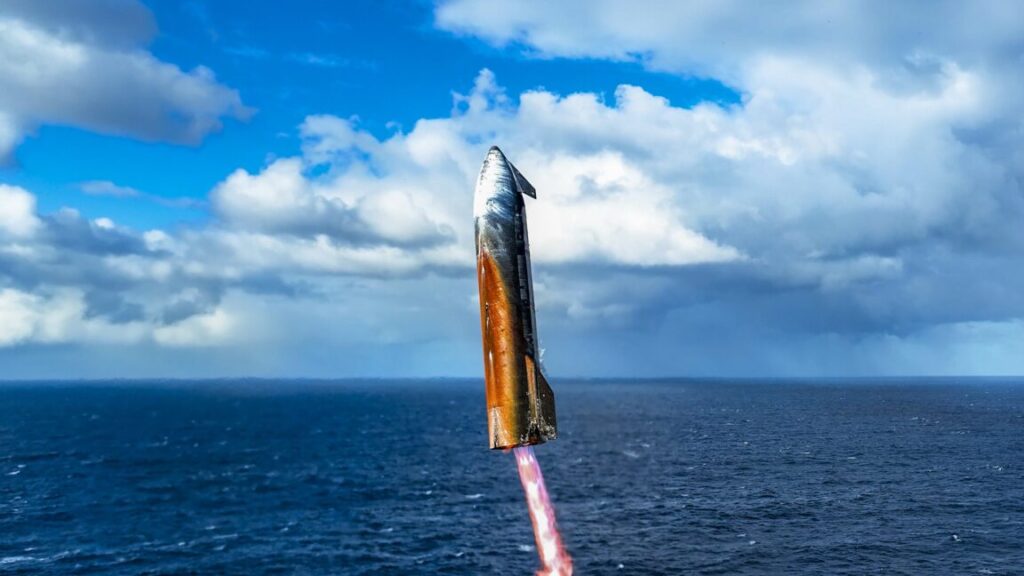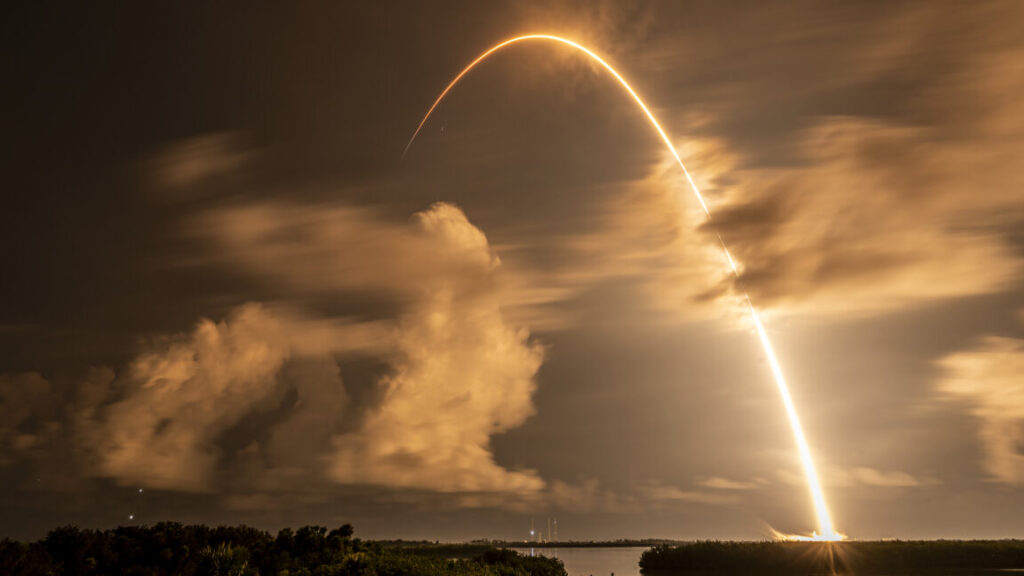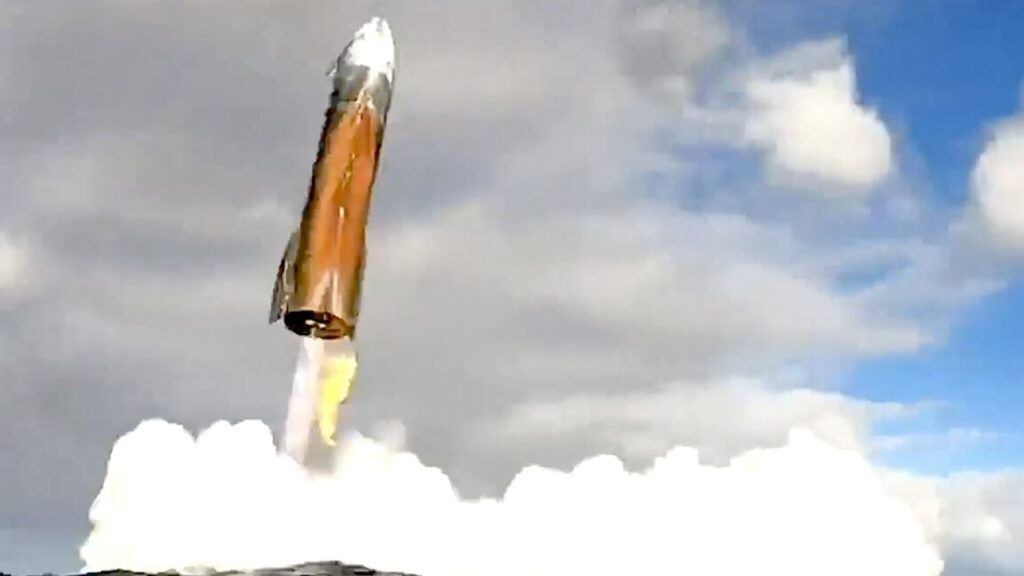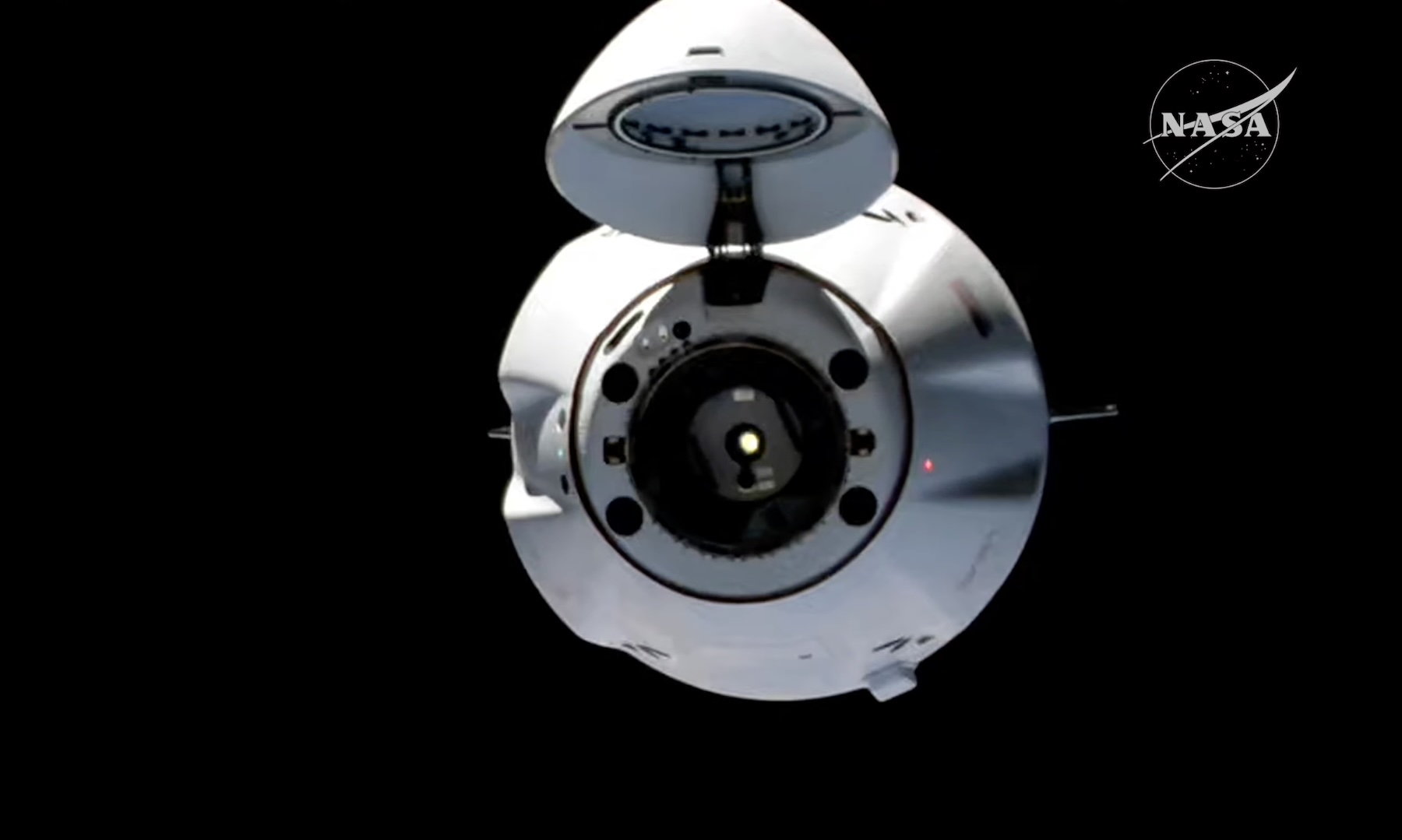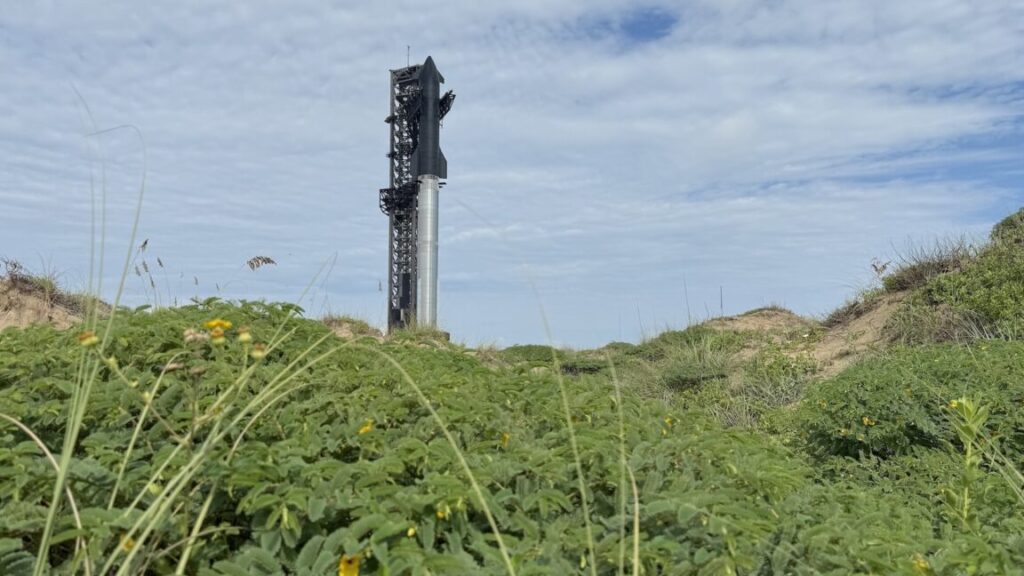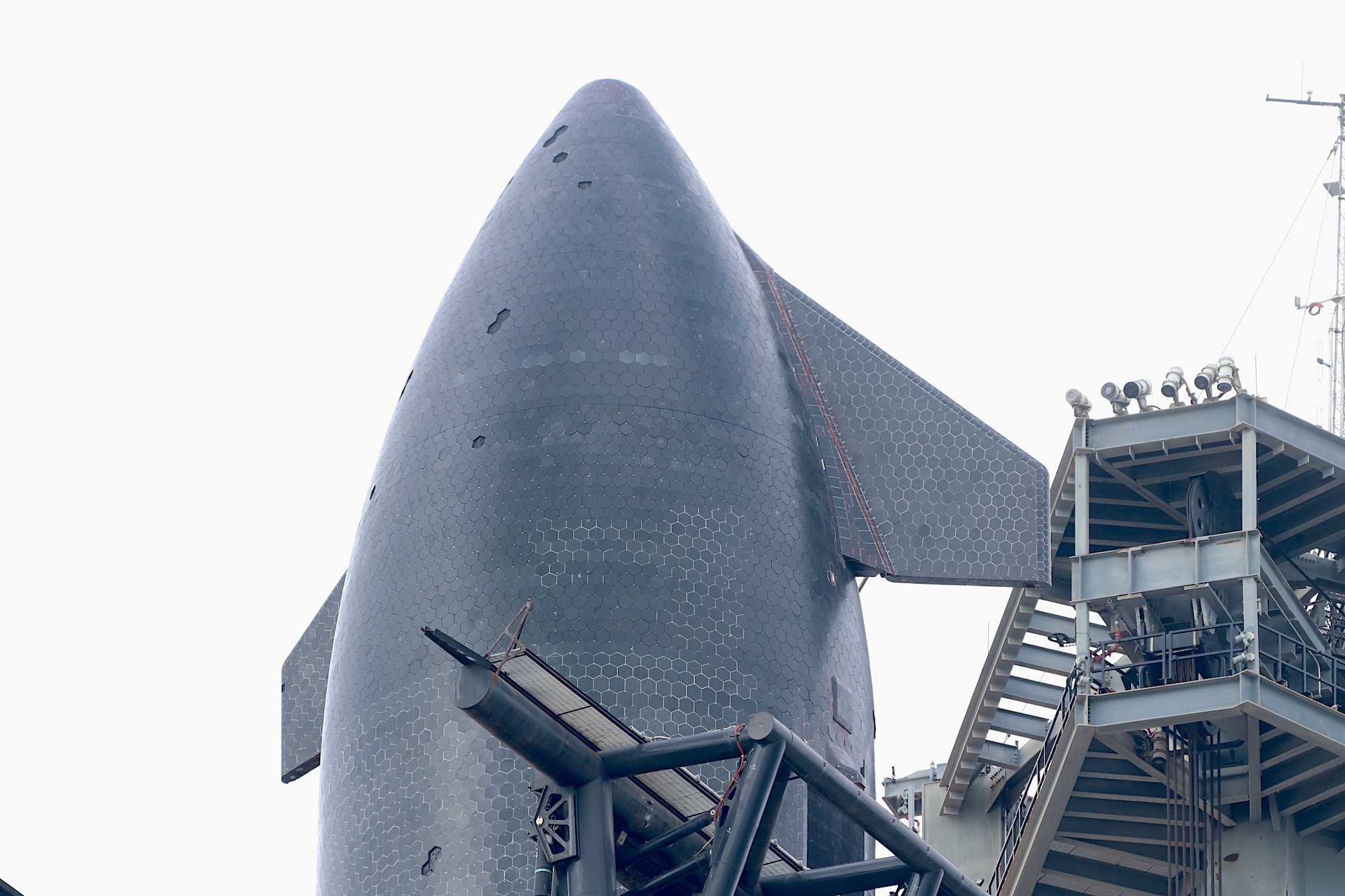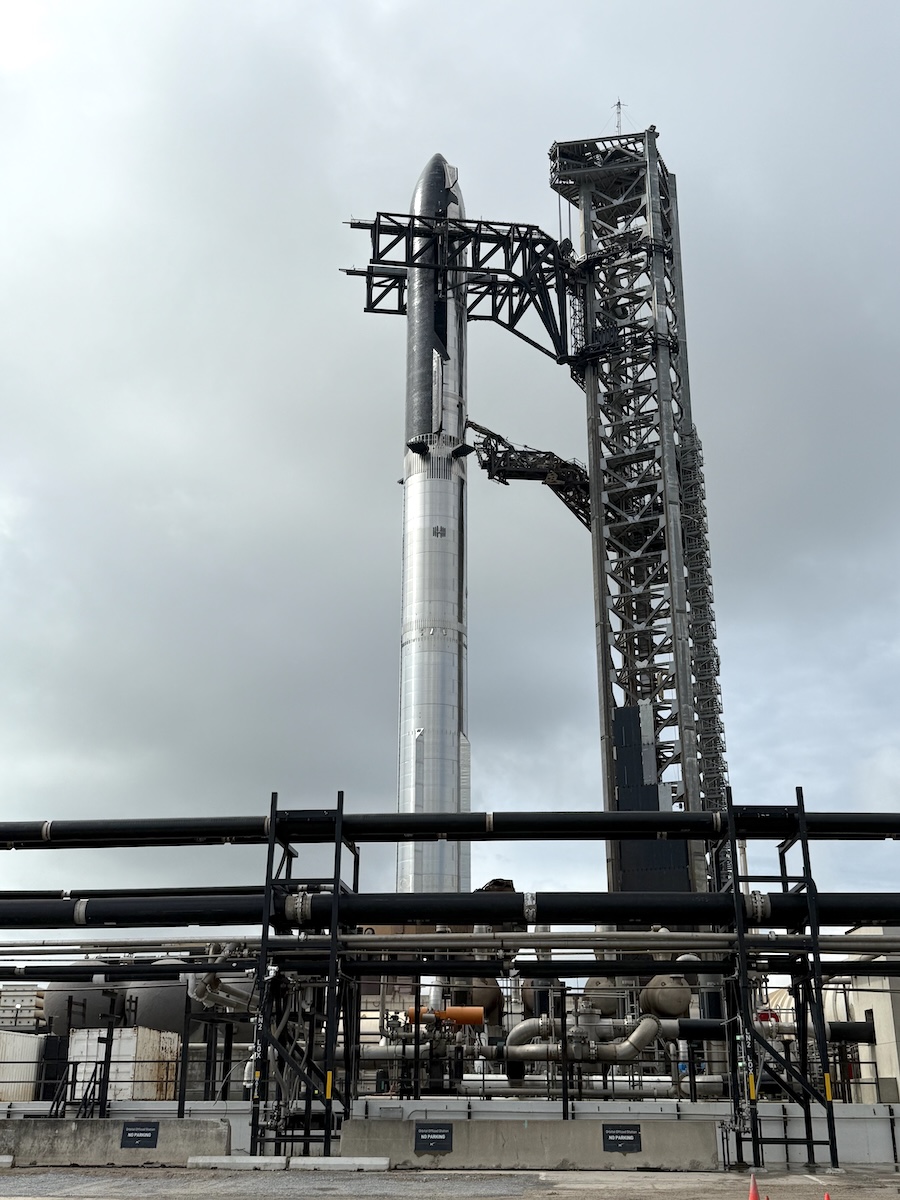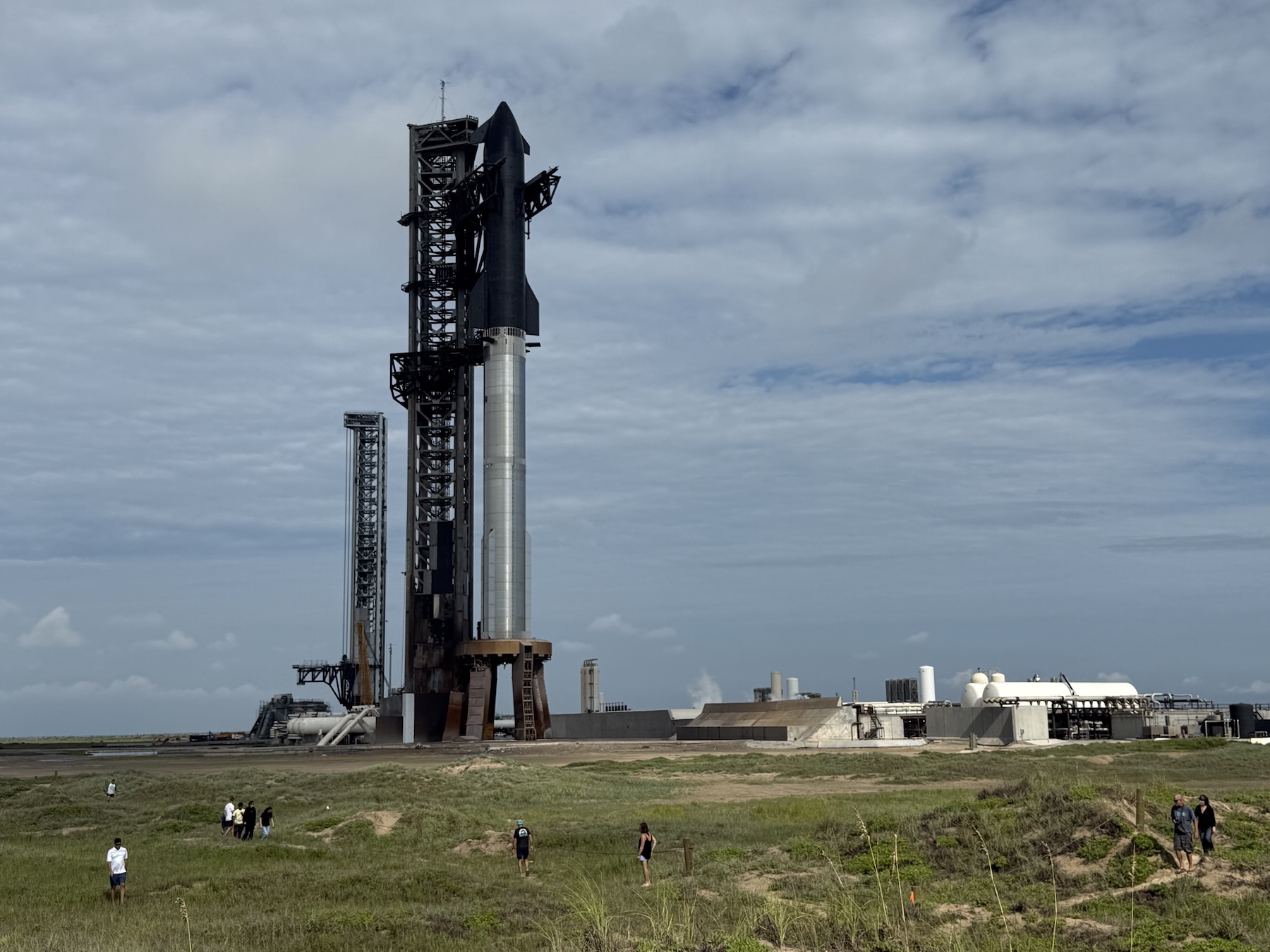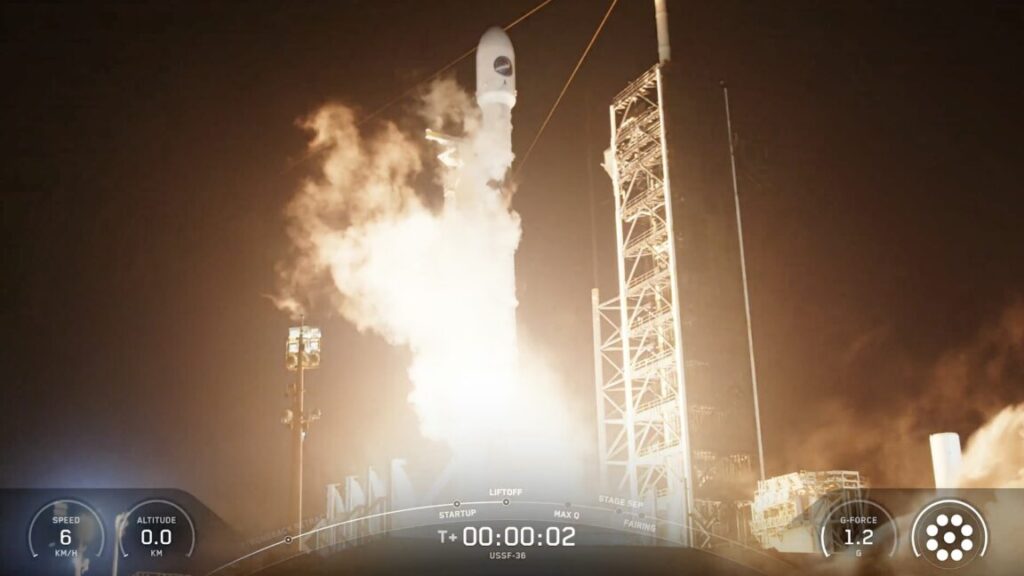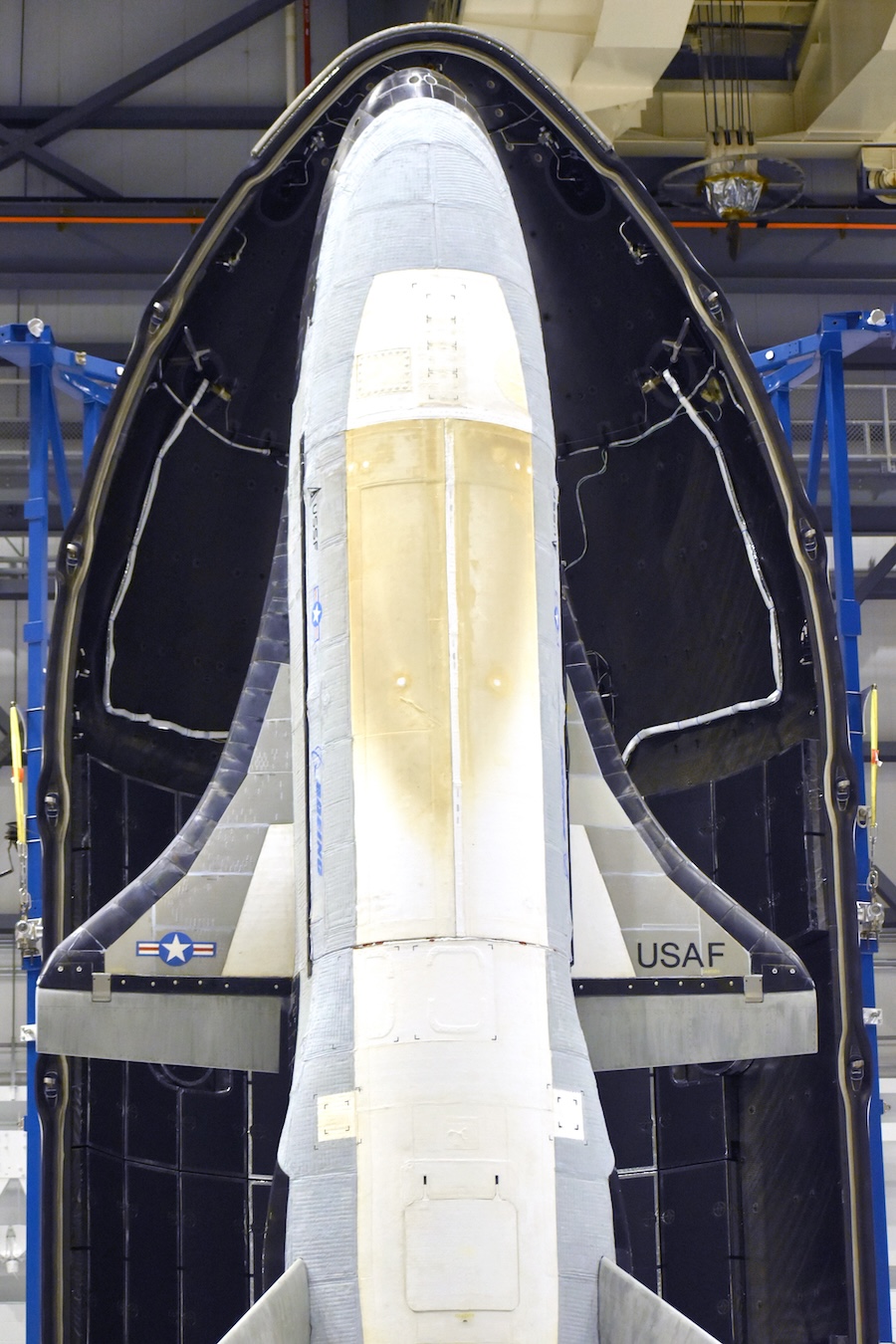Northrop Grumman’s new spacecraft is a real chonker
What happens when you use a SpaceX Falcon 9 rocket to launch Northrop Grumman’s Cygnus supply ship? A record-setting resupply mission to the International Space Station.
The first flight of Northrop’s upgraded Cygnus spacecraft, called Cygnus XL, is on its way to the international research lab after launching Sunday evening from Cape Canaveral Space Force Station, Florida. This mission, known as NG-23, is set to arrive at the ISS early Wednesday with 10,827 pounds (4,911 kilograms) of cargo to sustain the lab and its seven-person crew.
By a sizable margin, this is the heaviest cargo load transported to the ISS by a commercial resupply mission. NASA astronaut Jonny Kim will use the space station’s Canadian-built robotic arm to capture the cargo ship on Wednesday, then place it on an attachment port for crew members to open hatches and start unpacking the goodies inside.
A bigger keg
The Cygnus XL spacecraft looks a lot like Northrop’s previous missions to the station. It has a service module manufactured at the company’s factory in Northern Virginia. This segment of the spacecraft provides power, propulsion, and other necessities to keep Cygnus operating in orbit.
The most prominent features of the Cygnus cargo freighter are its circular, fan-like solar arrays and an aluminum cylinder called the pressurized cargo module that bears some resemblance to a keg of beer. This is the element that distinguishes the Cygnus XL from earlier versions of the Cygnus supply ship.
The cargo module is 5.2 feet (1.6 meters) longer on the Cygnus XL. The full spacecraft is roughly the size of two Apollo command modules, according to Ryan Tintner, vice president of civil space systems at Northrop Grumman. Put another way, the volume of the cargo section is equivalent to two-and-a-half minivans.
“The most notable thing on this mission is we are debuting the Cygnus XL configuration of the spacecraft,” Tintner said. “It’s got 33 percent more capacity than the prior Cygnus spacecraft had. Obviously, more may sound like better, but it’s really critical because we can deliver significantly more science, as well as we’re able to deliver a lot more cargo per launch, really trying to drive down the cost per kilogram to NASA.”
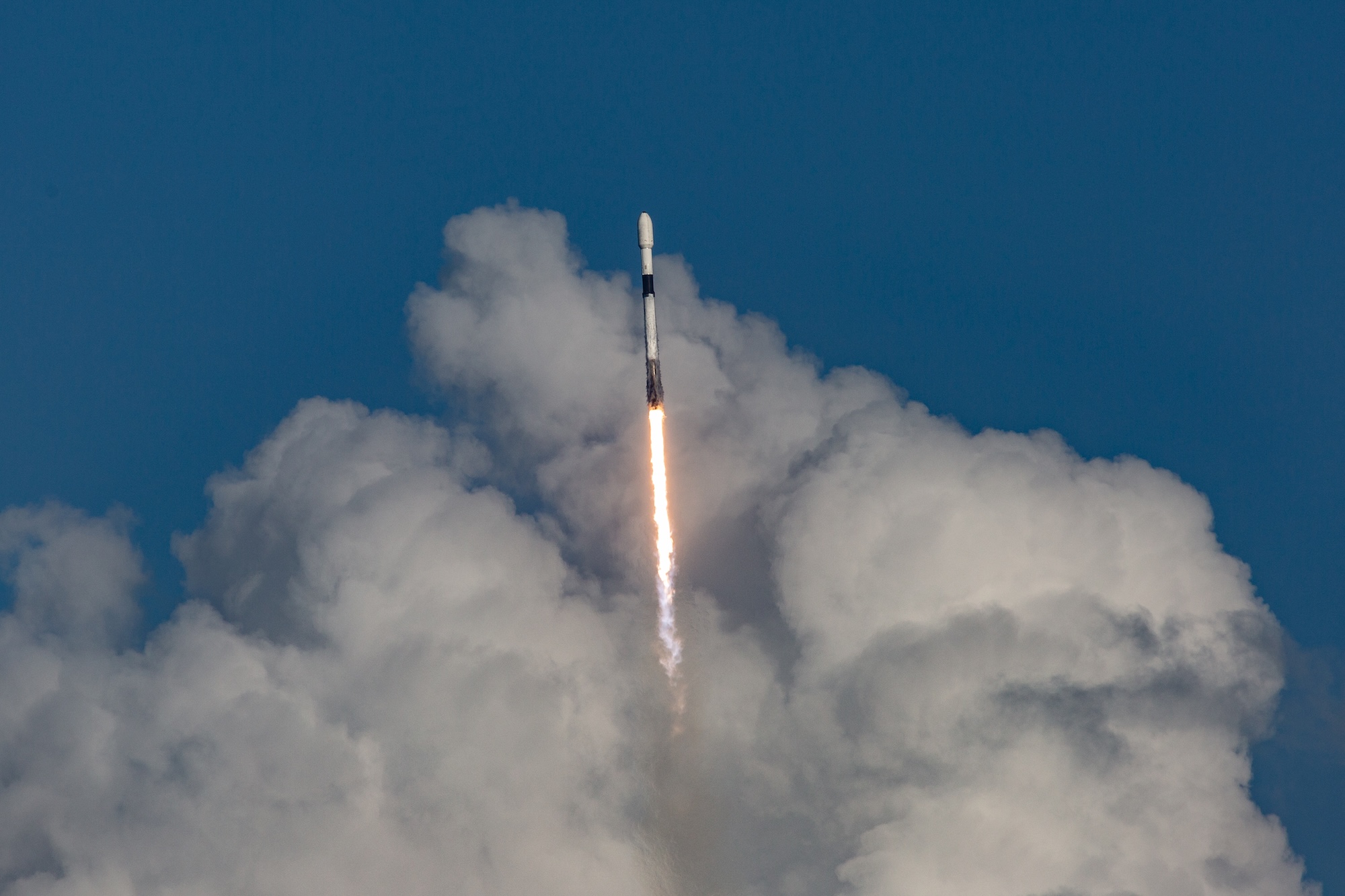
A SpaceX Falcon 9 rocket ascends to orbit Sunday after launching from Cape Canaveral Space Force Station, Florida, carrying Northrop Grumman’s Cygnus XL cargo spacecraft toward the International Space Station. Credit: Manuel Mazzanti/NurPhoto via Getty Images
Cargo modules for Northrop’s Cygnus spacecraft are built by Thales Alenia Space in Turin, Italy, employing a similar design to the one Thales used for several of the space station’s permanent modules. Officials moved forward with the first Cygnus XL mission after the preceding cargo module was damaged during shipment from Italy to the United States earlier this year.
Northrop Grumman’s new spacecraft is a real chonker Read More »
